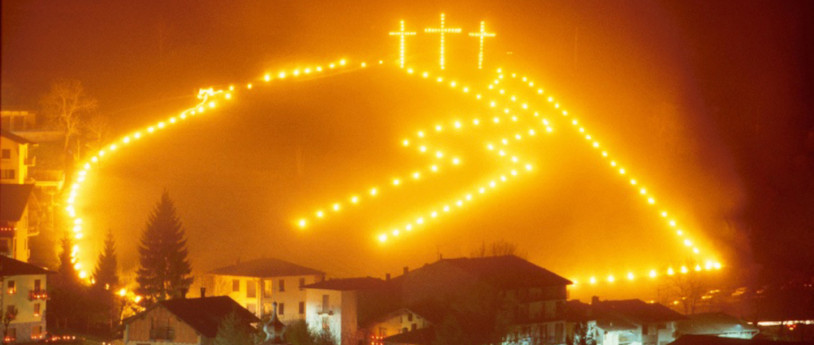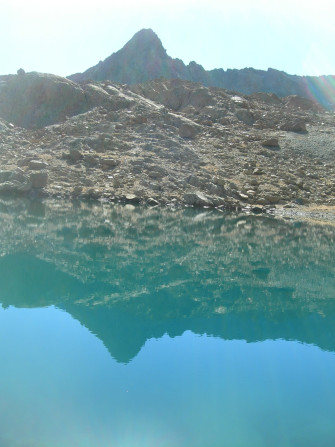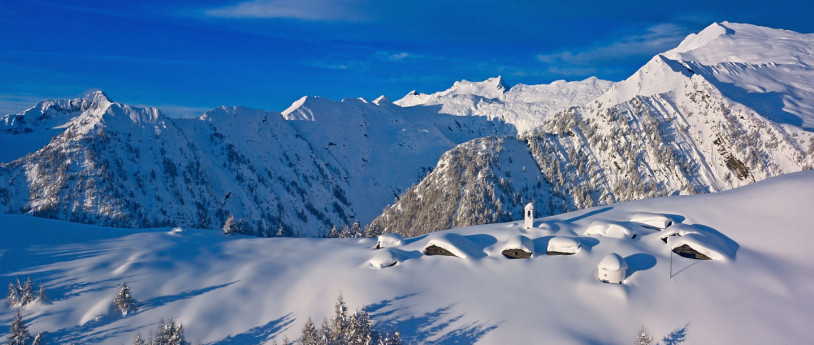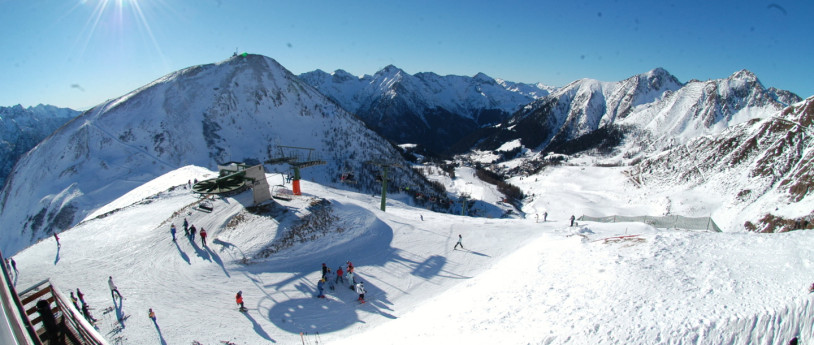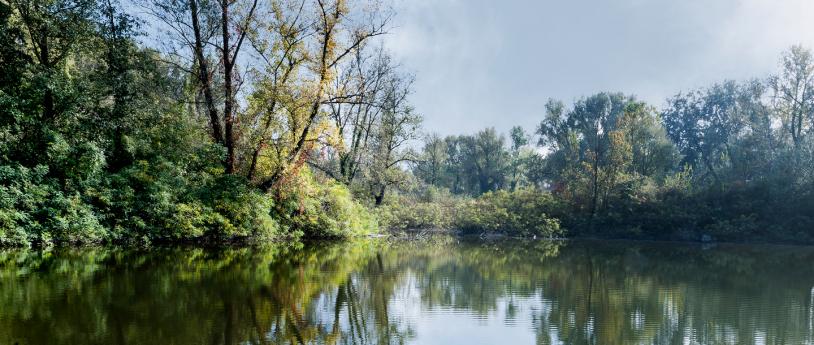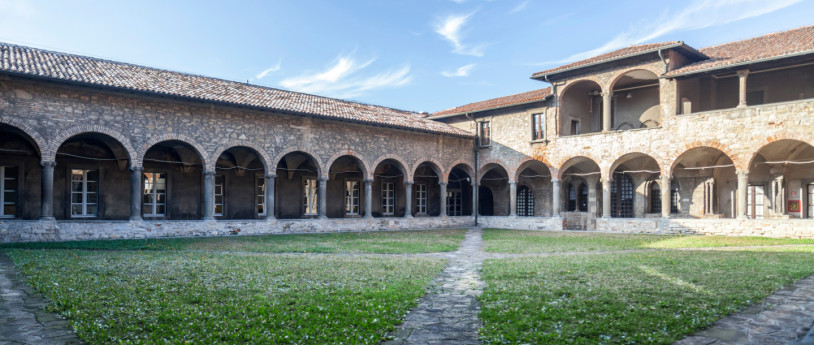Sassersa Valley and its Small Lakes
The Sassersa Valley is seemingly off the beaten track, not difficult to reach, but for experienced hikers with good training. The trails are mostly accessible and sure-footedness is required. Wandering among debris dunes are the tunnels of some ancient quarries for the extraction of copper-containing material. Tradition has it that gold was mined, but more likely it was just ordinary chalcopyrite, an important copper ore. The Sassersa Lakes are located in the valley of the same name, nestled in Valmalenco, and are three small alpine lakes of natural origin a short distance from each other, between an altitude of 2300 and 2400 meters. To reach them and admire the unspoiled nature that surrounds them-a rocky, high mountain, almost lunar landscape-you travel part of the Alta Via della Valmalenco, starting from the Pradaccio alpine meadow, which can be reached in turn from Primolo, just above Chiesa in Valmalenco. The legend of the Sassersa lakes. Two young brothers from the Malenco Valley, Giacomo and Giuseppe, used to take their herds to graze on the high pastures above Chiesa and Primolo in the summer. They often descended to the valley to bring products from the alpine pastures and to stock up on food and provisions. During their descents into the village, the two had met and fallen in love with Alma (or Alina), the daughter of a wealthy local notable, who was as beautiful as she was capricious. Whenever she met the two brothers, the cruel maiden made fun of them, taunted and humiliated them by subjecting them to impossible tests of love, with the excuse that whoever won would have her as his wife. One day the girl invented that she would marry whichever of the two brothers managed to reach the most daring peak in the upper Sassersa Valley. Full of hope Giacomo and Giuseppe fell into yet another trap and set out for the summit but from it they never returned. Friends and relatives searched for them for days on end; it seemed as if the mountain had swallowed them up. However belatedly even in Alma's insensitive heart, a breach opened and, gripped by remorse, the girl decided to join the search, for hours and hours she called them in vain. Feeling guilty of her cruel whim Alma began to cry profusely and fell exhausted with grief. From that day, three small lakes of different colors remained in the places where Alma had stood, pleaded and wept. The first lake is black like mourning, the second, is green, as green were Alma's eyes, and the third, is blue like the sky in which her repentance melted. The rock in the area also took on a deep red color perhaps in memory of the blood of the two fallen brothers. In front of Pizzo Cassandra, where Giacomo and Giuseppe are presumed to have disappeared, is a peak with two peaks, which in the Malenco Valley they called the Giumelin (the Little Twins) now Pizzo Giumellino. ed. *Ermanno Sagliani, in the work "Tutto Valmalenco" (Edizioni Press, Milan)
